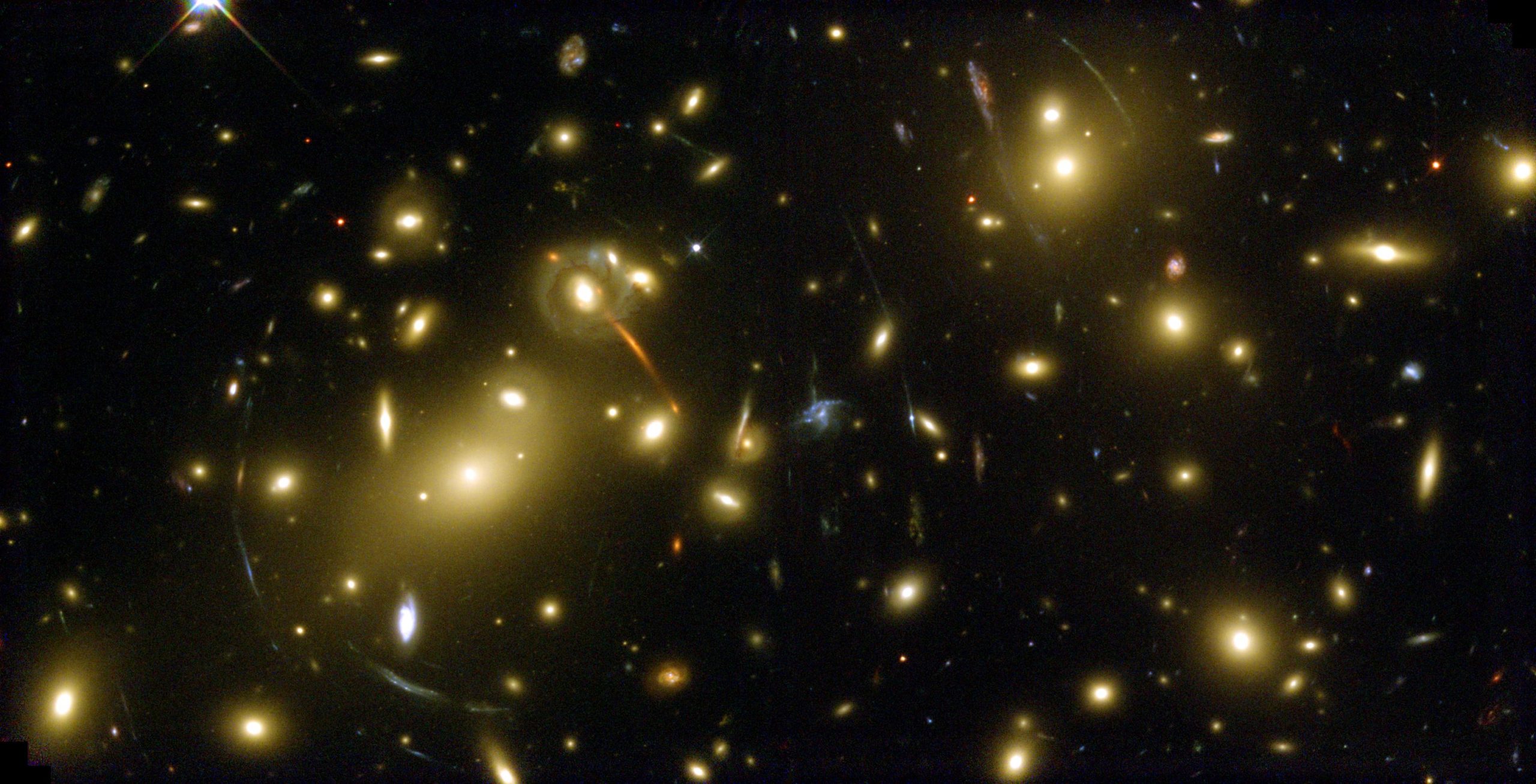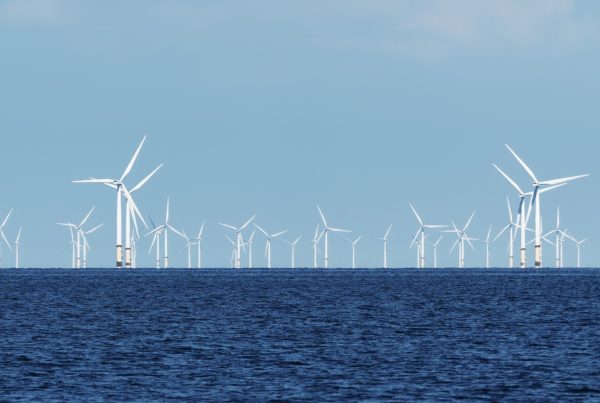With a little bit of training, you could help identify new galaxies.
That’s the idea behind the Dark Energy Explorers program. Right now, it’s made up of more than 10,000 people from around the world. They’ve used images from the Hobby-Eberly Telescope Dark Energy Experiment to identify about 240,000 galaxies.
But scientists with the program based at The University of Texas at Austin’s McDonald Observatory want to identify millions more. They are hoping to recruit you to help.
Karl Gebhardt is a professor of astronomy at UT-Austin and a principal investigator with the project. He spoke with Texas Standard. Listen to the interview in the above or read the transcript below.
This transcript has been edited lightly for clarity:
Texas Standard: What is this program exactly?
Karl Gebhardt: Yeah, we have a major program ongoing that’s trying to understand the expansion of the universe, and to do that, we’re getting millions of galaxies, but the issue is we need to sift through what’s real and what’s fake. And what we’ve done is we’ve enlisted a large population around the world.
Actually, we’ve reached 85 countries at this point. We’re over 10,000 individuals, and we’re having them go through, and on their phone pops a galaxy – a real object that we’ve studied. I call this thing “Astro Tinder.” You swipe left; swipe right if you think it’s real or fake, and it’s been fantastically fun and very useful.
Fake galaxies? What are you talking about?
Right. We are trying to push our observations and get the most number of galaxies that we can find, but whenever you push your data, you get into a region of noise, and it’s really hard on the computer with an algorithm to distinguish what’s noise and what’s real, and the human eye is actually remarkable in terms of being able to see faint features that are correlated – that are not real, and so we train people to what is an artifact of our data, and of our data analysis, and our instrument, and what is real.
And I have been actually blown away at how accurate just a short training session for individuals… and to get them going and making the proper choice, and it’s been really, really useful.
What kind of noise are you talking about that people might mistake for a galaxy?
So we are using what’s called a “detector.” It’s the same thing that’s in your cell phone, and every now and then you get problems in the detector – just electronic noise. There are events. There are high-energy particles that sometimes can hit the detector during the exposure and can cause extra noise. And so it’s just not what you would expect for typical noise and it’s these types of features that the eye is really good at picking up.
The team has helped identify 240,000 galaxies?
Yeah, that’s right. We’re at 240,000 now, but we’re going to have about two or three million that we need to get through, and I can’t say enough about what we’re trying to do in terms of understanding how gravity works, how the expansion of the universe works. That’s what we’re after, but the first thing to do that is to classify which galaxies are real and what is junk that our algorithm happened to pick up. This is where we need the whole population.
This isn’t just about making an accurate map of the universe. You’re going for something somewhat deeper here, if I understand it correctly?
That’s right. There’s a huge mystery for how much the universe is expanding. This mystery is called “dark energy,” and we’re trying to understand that, and what we’re doing with our telescopes at the Hobby-Eberly Telescope out of McDonald Observatory in West Texas is we’re making this giant map, and to do that we need to gather millions of galaxies. From that map, we can then figure out how the universe has expanded over time, and then from that, we can determine models of gravity or whether we need a modification of the big bang itself. Very, very fun stuff.
Are you recruiting, and if so, what do people need to know if they’re interested?
We are definitely recruiting. We’re up to over 10,000 individuals now. My goal is to get to 100,000 or 200,000 people. And it’s the Dark Energy Explorers. It’s easy to get through our main site – hetdex.org. HETDEX is the whole experiment – Hobby-Eberly Dark Energy Experiment… and then from there you’ll be able to get to the Dark Energy Explorers. It’s very fun.















